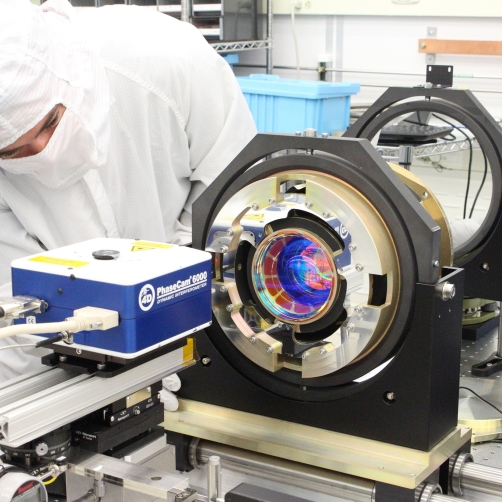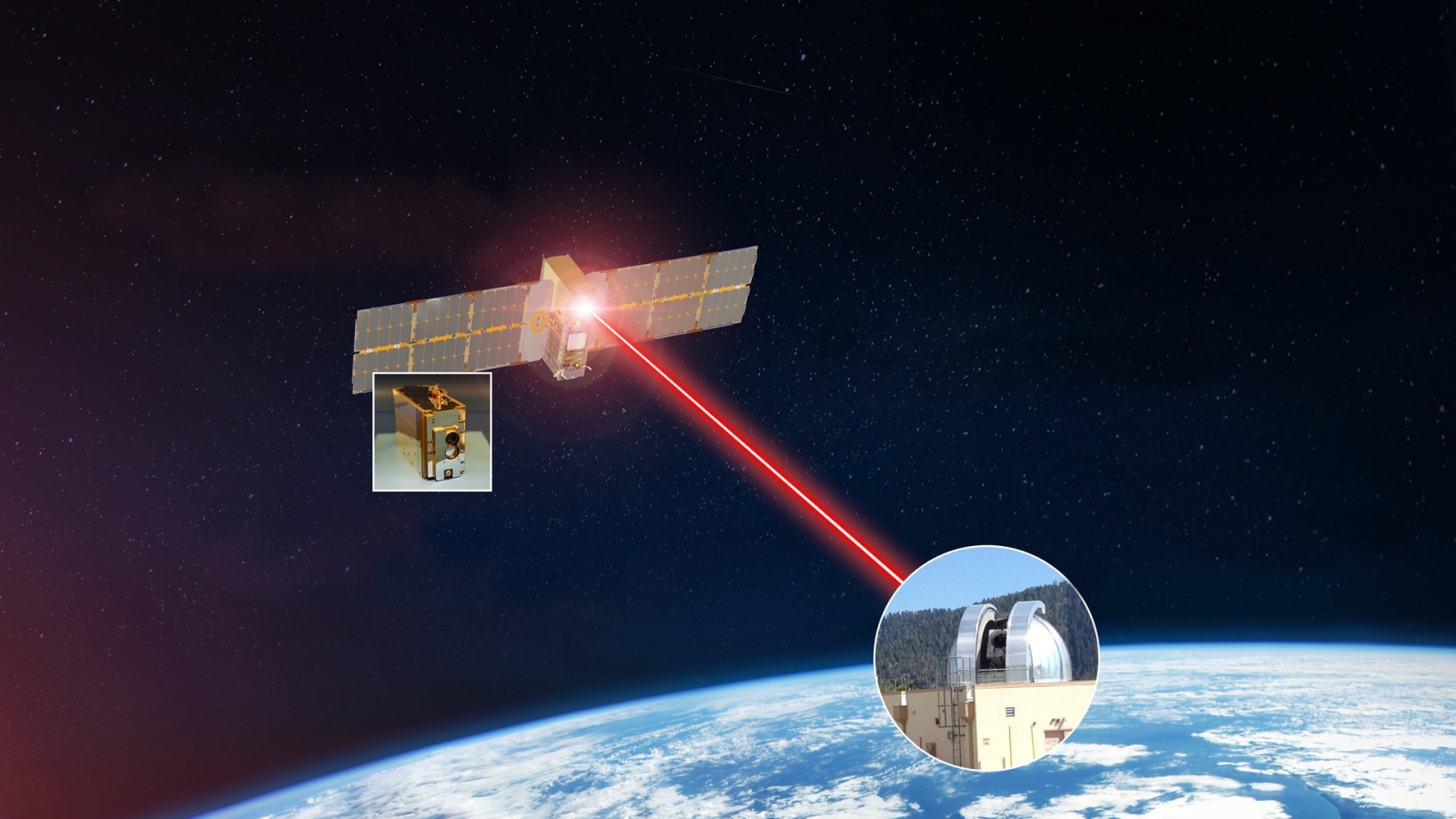

Civil Space Systems and Technology
Advancing dual-use innovation and technology transition
The Civil Space Systems and Technology Office leverages Lincoln Laboratory’s technologies and expertise to enable next-generation civilian and dual-use space missions. We focus on developing and transitioning technologies that meet both national security and civil needs — from laser communications systems that support space exploration to satellite instruments and algorithms that provide early warning of extreme weather events.
We offer a diverse collection of advanced technologies, systems expertise, and state-of-the-art facilities. See below to explore how these capabilities might enable your next mission or contribute to the future of space exploration and discovery.

Core technologies
Our core technology research focuses on inventing new materials, devices, and components to enable revolutionary system capabilities. We pursue innovation in a wide set of areas, including imagers, lasers, quantum systems, RF technology, and optics.

Systems expertise
Our engineers ensure that all the components of a system work together to achieve the desired results. Our work ranges from trade and design studies at the beginning of a program, to planning and executing the assembly, integration, and testing of prototype systems. Example mission applications include space payloads for scientific applications, optical and quantum communications demonstrations, and three-dimensional imaging laser radars (lidar).

Capabilities
Our skilled engineering researchers utilize state-of-the-art equipment in facilities such as our microsystems prototyping foundry, optical systems test facility, and environmental test laboratory to build system prototypes for demonstrating new capabilities. Software engineers complete the system with the addition of sophisticated on-board and ground-based computing, supported by AI technology and our supercomputing center. These prototypes are tested in operational environments to evaluate their ability to provide information to end users for decision support or scientific applications.
Featured Projects
Guiding Light in Air-Filled Fibers for Long-Distance Lasercom
A new type of fiber could transmit the high-power light needed for future deep-space science and exploration missions.
TROPICS
A constellation of small satellites is collecting rapidly refreshed weather data to advance studies of hurricane structure and intensity and improve forecasts.
Global Synthetic Weather Radar
By compiling lightning data, satellite imagery, and numerical weather models, the GSWR provides radar-like analyses and forecasts over regions not observed by actual weather radars.
TeraByte InfraRed Delivery (TBIRD)
The laser communications payload has delivered terabytes of data from a satellite to Earth at record-breaking rates that will transform future science missions.
Latest news
A History of Impact
On the watch for potentially hazardous asteroids
LINEAR, the Lincoln Near-Earth Asteroid Research, program is expanding astronomers' knowledge about the population of asteroids and comets in our solar system.
Lighting up the speed of communications
Revolutionary enabling technologies are paving the way to NASA's dreams for missions that send scientific data from distances as far away as Mars at incredible speeds that make possible receipt of huge volumes of data and even near-real-time data analysis.









